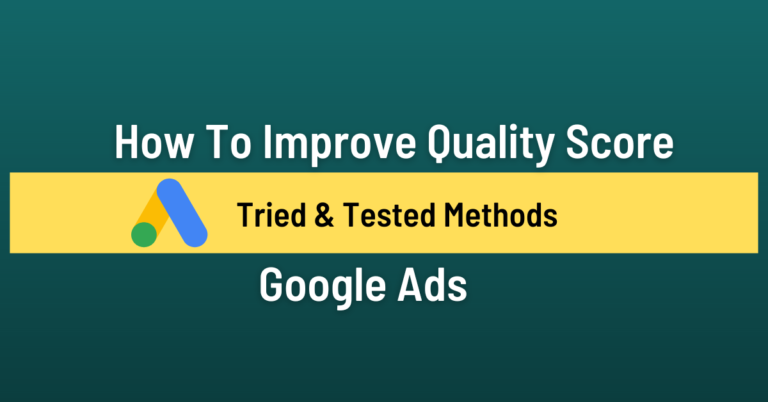5 Easy Steps to Optimize Your Blog SEO Title
When it comes to writing blog posts, creating a catchy title is crucial to get your content noticed by readers. However, did you know that your blog title is also important for search engine optimization (SEO)? In this article, we’ll discuss 5 easy steps you can take to optimize your blog title for SEO.
Step 1: Use Targeted Keywords
The first step to optimizing your blog title for SEO is to use targeted keywords. Keywords are the phrases that people use to search for information online. including them in your title can help search engines understand what your blog post is about.
For example, if you’re writing a blog post about healthy eating. You might include keywords like “healthy eating tips” or “nutrition advice” in your title. An example of a well-optimized blog title using targeted keywords is “10 Easy Healthy Eating Tips for Busy Professionals”.
Step 2: Keep it Concise and Compelling
While including keywords in your title is important, it’s also crucial to keep your title concise and compelling. A long or boring title is less likely to engage the readers and may also be penalized by search engines. Try to keep your title approx. 60 characters to ensure that it displays properly on search engine results pages (SERPs).
An example of a concise and compelling blog title is “5 Easy Ways to Boost Your Metabolism Naturally”.
Read This Post: Best Landing Page Tips To Get More Conversion
Step 3: Make it Unique and Specific
Another important step to optimizing your blog title for SEO is to make it unique and specific. A generic or vague title is less likely to stand out in search results and will be penalized by search engines. Instead, try to create a title that’s specific to your blog post and sets it apart from other content on the same topic.
An example of a unique and specific blog title is “The Ultimate Guide to Vegan Meal Planning for Busy Professionals”.
Step 4: Use Power Words and Emotional Triggers
Power words and emotional triggers are words and phrases that elicit an emotional response from readers. Including them in your blog title can help grab the reader’s attention and increase the likelihood that they’ll click through to read your post.
Examples of power words and emotional triggers include “secret”, “proven”, “surprising”, “shocking”, “amazing”, “easy”, and “free”. An example of a blog title that uses power words and emotional triggers is “The Surprising Benefits of Meditation for Mental Health”.
Step 5: Don’t Forget to Optimize Your Meta Title
Finally, it’s important to remember to optimize your meta title. A meta title is the title that appears in the search engine results page and is different from the actual title of your blog post. It’s important to include your targeted keywords in your meta title and keep it concise and compelling to increase the likelihood of click-throughs.
An example of a well-optimized meta title is “Healthy Eating Tips: 10 Nutrition Experts Share Their Secrets”.
Conclusion
Optimizing your blog title for SEO is important in ensuring that your blog posts get noticed by both readers and search engines. By using targeted keywords, keeping it concise and compelling, making it unique and specific, using power words and emotional triggers, and optimizing your meta title, you can improve your chances of ranking higher on search engines and driving more traffic to your blog.






